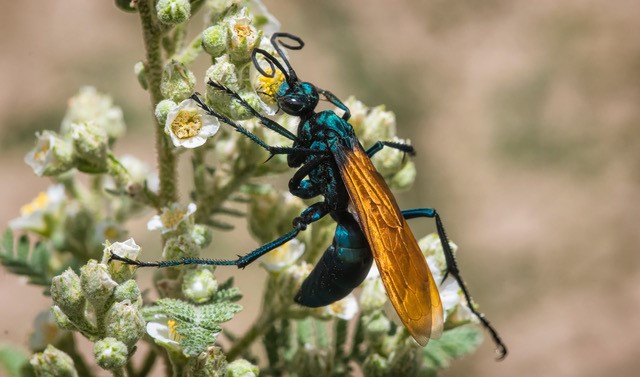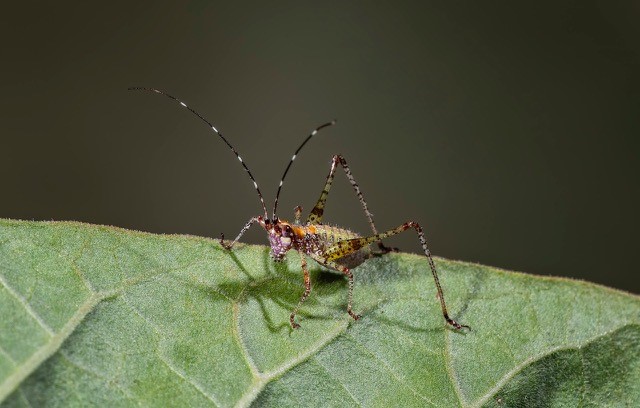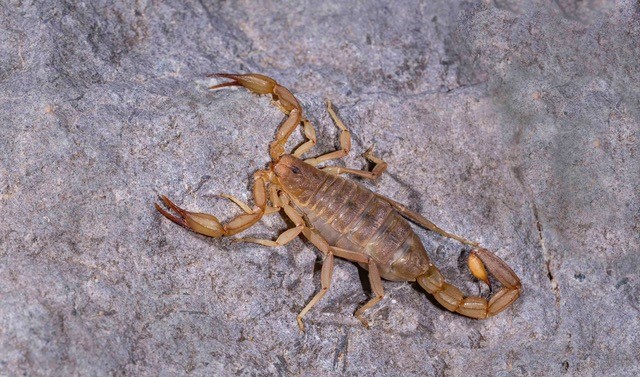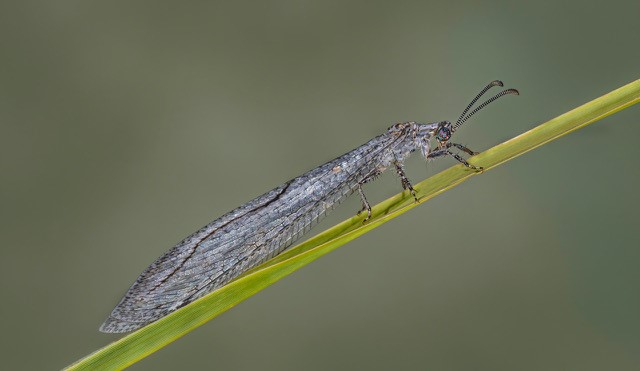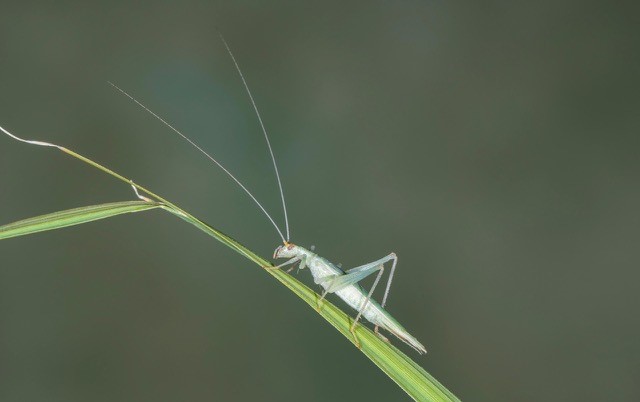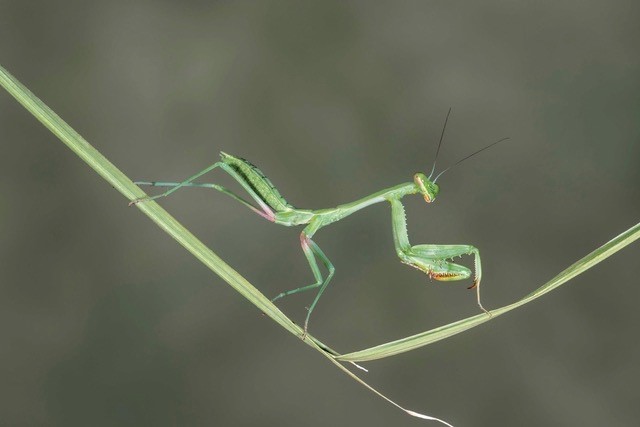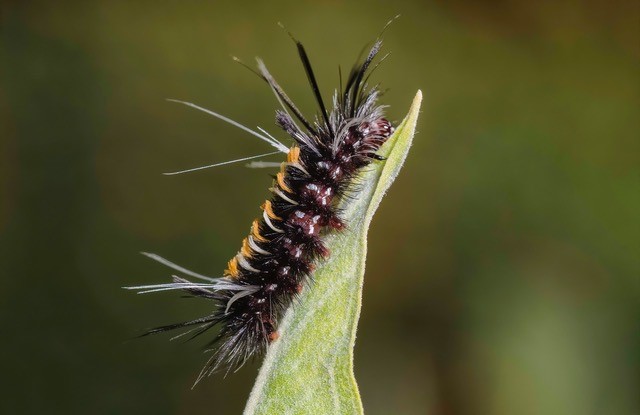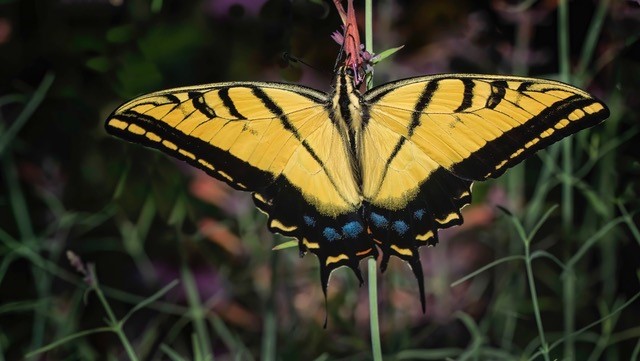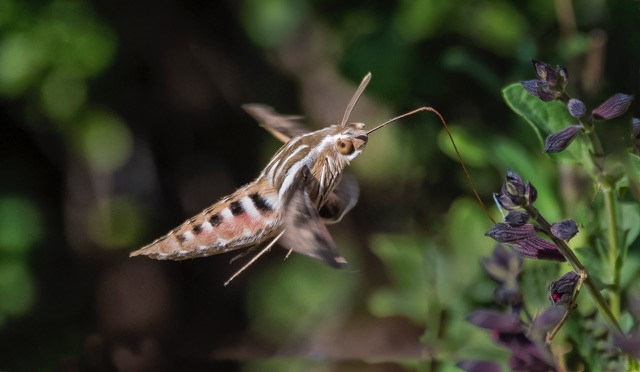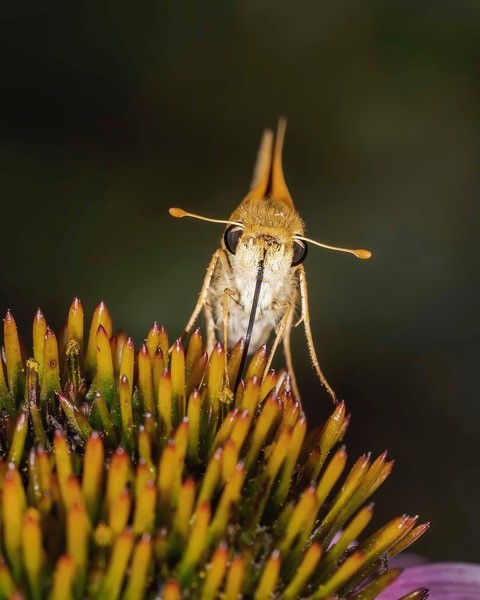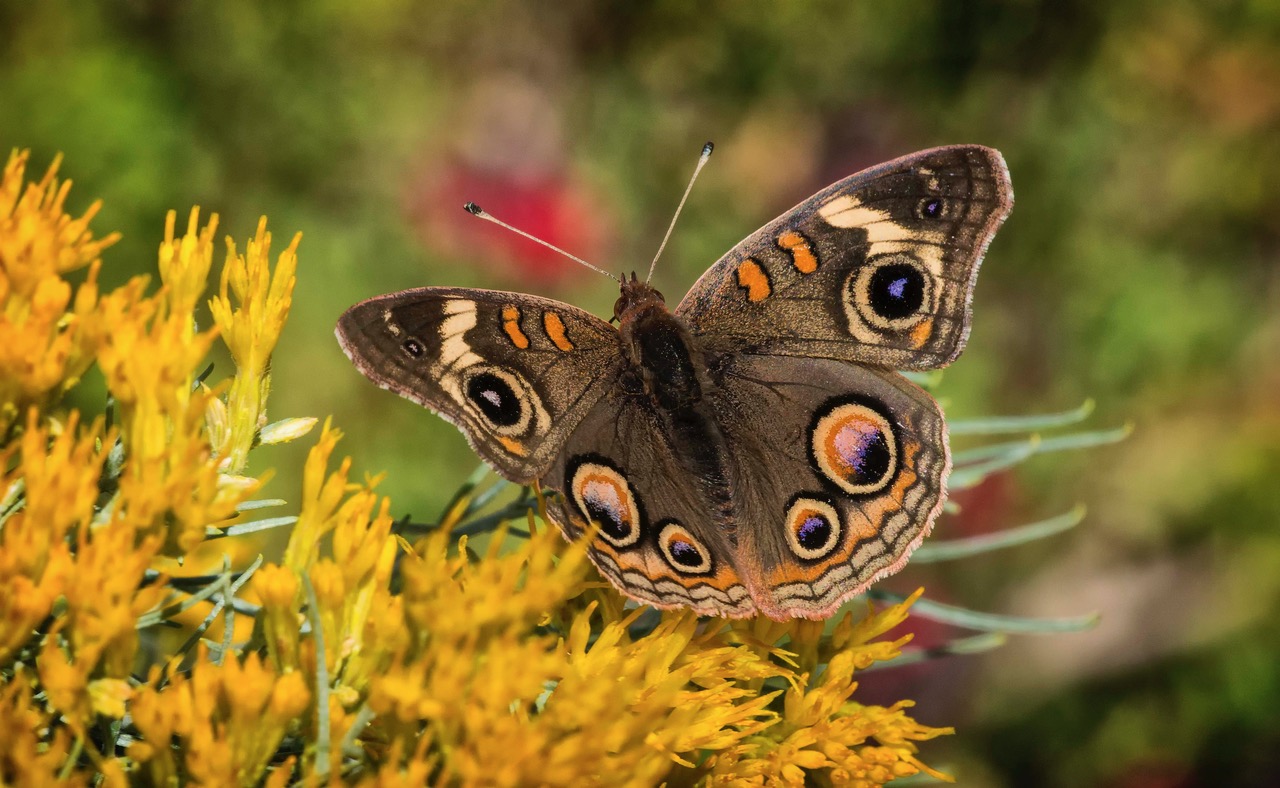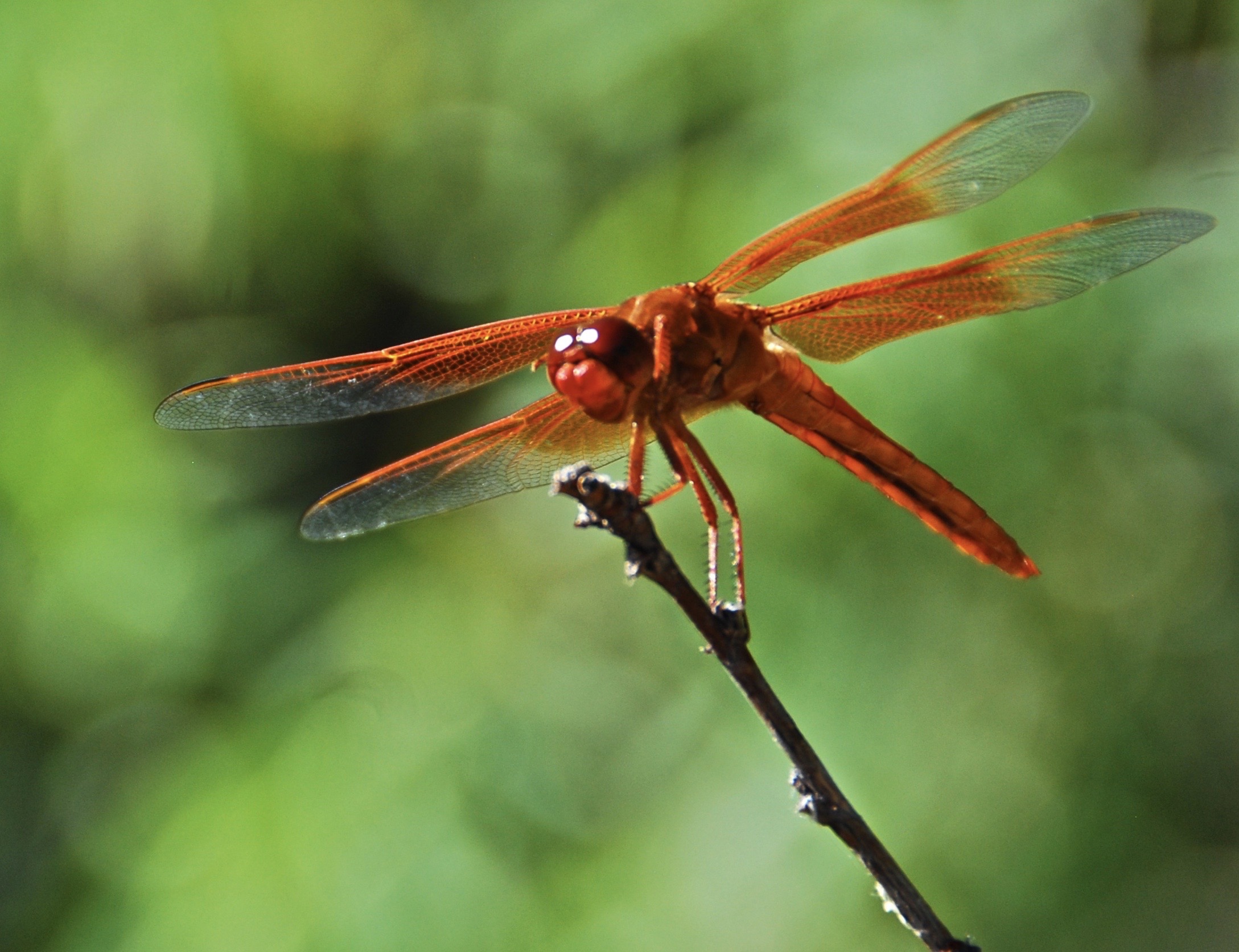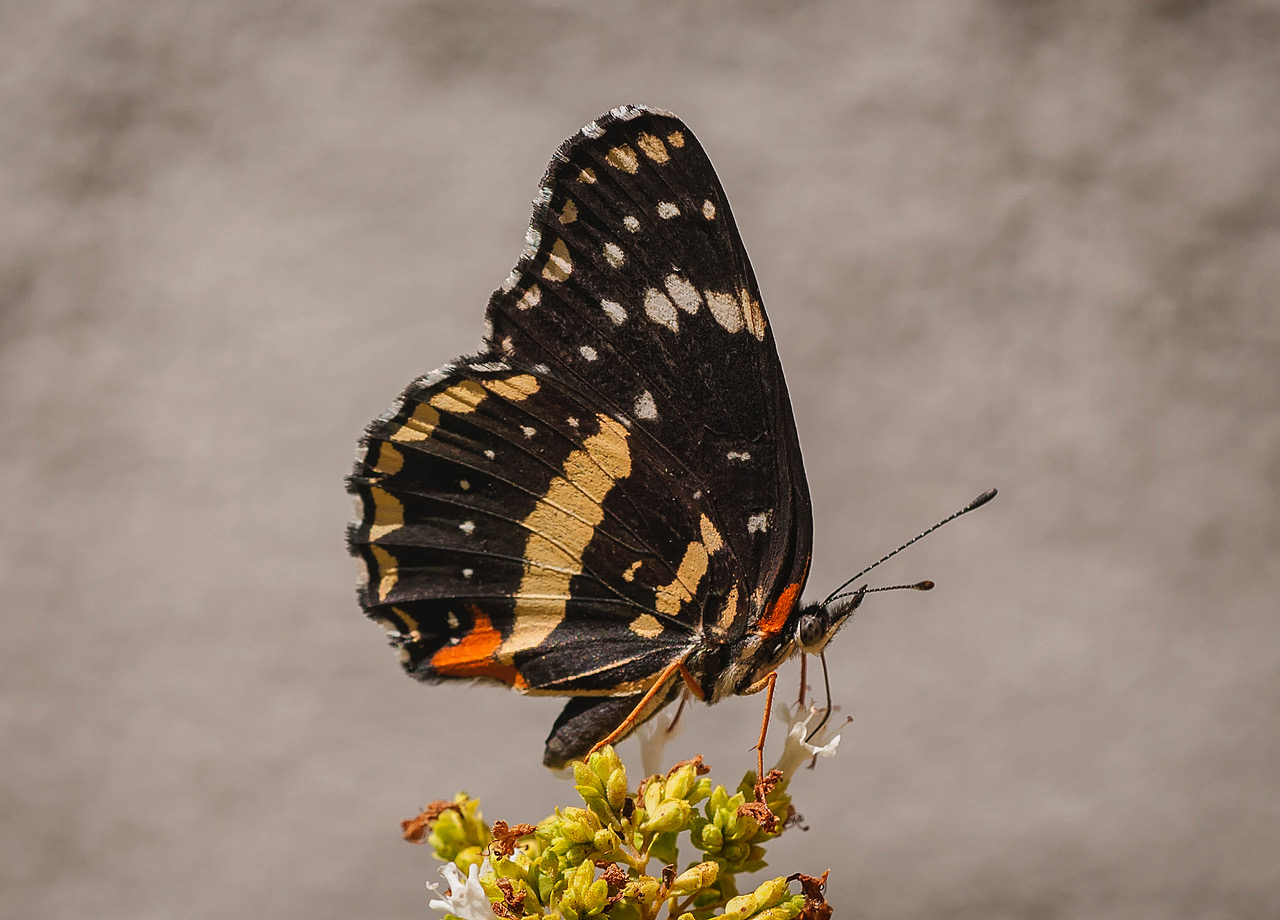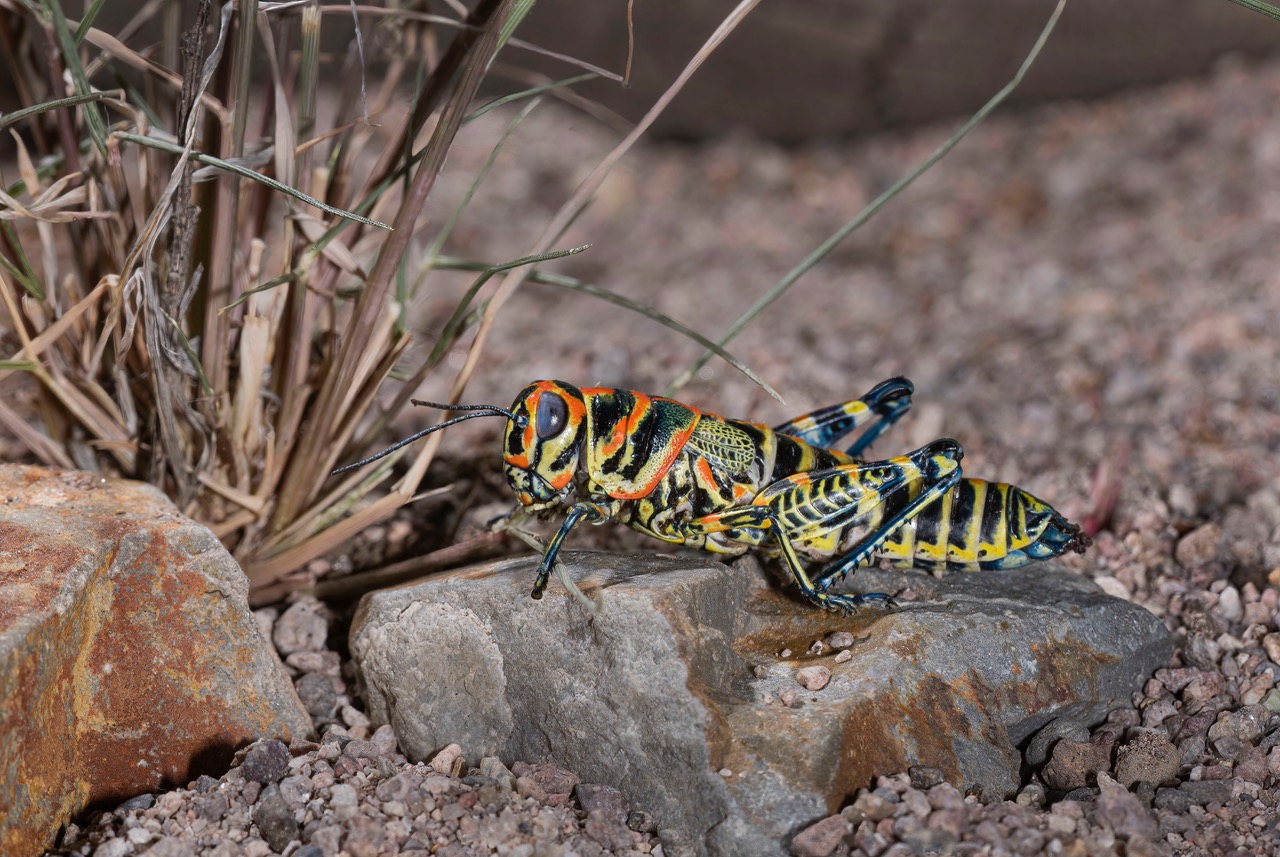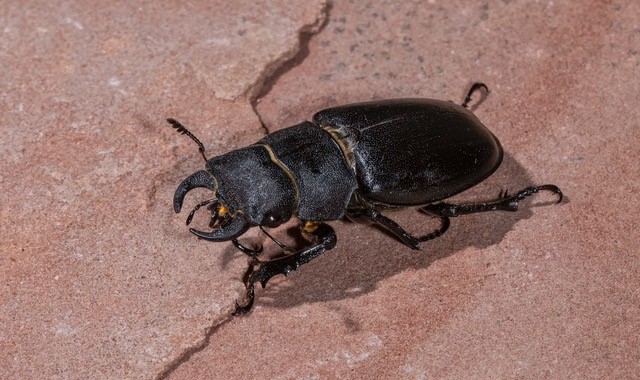Insects of Pitchfork Ranch
When we saw Elroy Limmer’s photographs of insects, we soon were on our way to adding this section to the website. Then Monte Topmiller of the Silver City National Resource Conservation Service (NRCS) sent us an article about the way and extent to which insects benefit ranching by their engagement with cow dung. Not only had we missed the beauty of insects, but we had paid too little attention to their important place in our world.
We know with certainty that not only are we in the midst of a civilization threatening climate crisis, but that the species extinction crisis is just as serious. The most recent mass extinction event occurred 66 million years ago when a 7.5-mile-wide space rock landed near the Yucatán Peninsula in Mexico, wiping out dinosaurs along with three-quarters of all life on Earth. There are more than a million animal and plant species around the globe facing extinction and half of them are insects. This disappearance of bugs is part of a gathering mass extinction event, only the sixth in the last half-billion years that will have catastrophic effects on all manner of life on this planet, including humankind. Degraded and dwindling habitat, pollutants, insecticides and invasive species, all of which reflect the abusive way we live, are responsible for species population declines and extinctions, including insects. The loss of butterflies, beetles, ants, bees, wasps, flies, crickets, dragonflies and other insects have consequences beyond their own demise, as they provide irreplaceable services, including pollination, nutrient cycling and pest control – ecosystem services worth $57 billion a year in just the US. Only a fifth of the estimated 5.5 million insect species have been identified, so unknown losses of unknown consequence are occurring daily throughout the world.
What does this mean for the Pitchfork Ranch?
An increasingly recognized part of raising cattle is the part the Dung Beetle plays in transferring the nutrients from the manure livestock leave behind into the soil. A cow-man will tell you, what he basically does for a living is grow grass and he’ll tell you dung beetles play an important part. What he may not tell you, because soil scientists are just realizing it, is that dung beetles — considered the “charismatic megafauna” of the dung-degradation world — make up only 1.5 to 3 percent of the population of insects that process manure in pastures.
Turning cow dung into nutrients in soil quickly is important because, left on the surface, it smothers plant growth and as much as 80% of dung’s nitrogen can volatize within 60 days while other nutrients are lost to runoff and leaching. Fortunately, the insect world steps up to the task and do most of their work within the first two days. There are 13 orders of arthropods, including insects, spiders, millipedes that make up this dung-digestion and breakdown community. Dung beetles feed on the liquid portion of the dung and as it dries, they move on, stashing their eggs, the eggs turn into larva that feed on the fibrous leavings. The tunnels dung beetles leave behind allow spiders and other insects to migrate the dung, furthering degradation as they search for eggs, larvae, flies and other foods. Insecticides, fly treatments, worming medications and other chemicals reduce insect population. That’s why the Pitchfork Ranch participate in the NRCS program to eliminate inoculations and other chemical use in an effort to increase dung beetle and other insect populations.
We don’t know which of the insects Elroy has photographed assist the dung beetles, but we do know the insects pictured below are found on the Pitchfork.
Here are Dung Beetles at work:
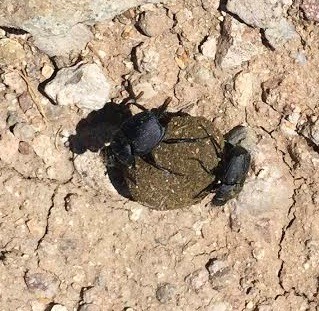
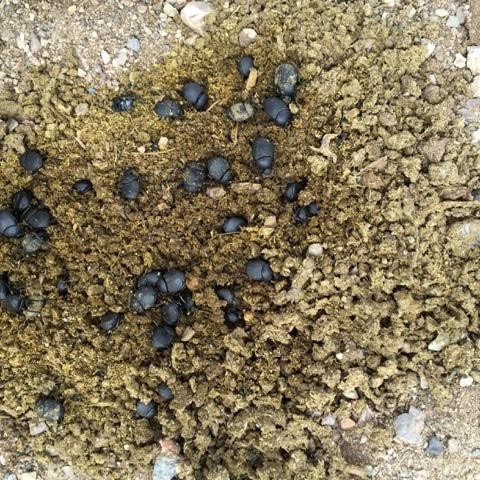

It’s chaos out there; the juxtaposition of beauty and cruelty. One afternoon, Cinda called me to look out the kitchen window at this stunningly beautiful Monarch butterfly. We don’t see many here. I went outside and took photographs. She remained perfectly still throughout, basking as she was in the warmth of the late afternoon sun. After I had been back inside and set down for several minutes, I heard an “oh no!” scream, returned to the window and the butterfly was gone. “A skunk sauntered past, reached over and just snapped her up, gone.”
Barbara Kingsolver novelize the sad tail of Monarch butterfly losses — now at 90% — in her 2012, Flight Behavior. My cousin Joseph Morton explains the details of how Roundup, other pesticides and climate breakdown are causing the death toll.
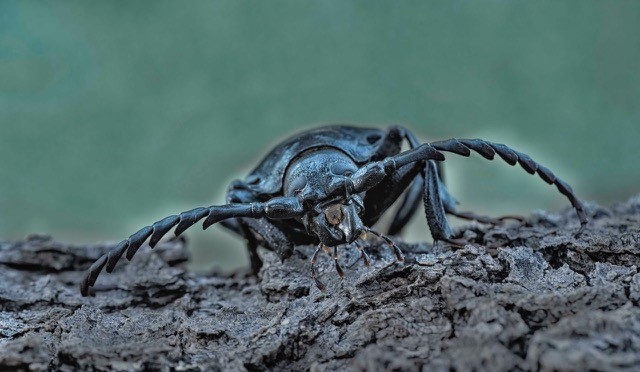
Palo Verde Beetle

Aphids
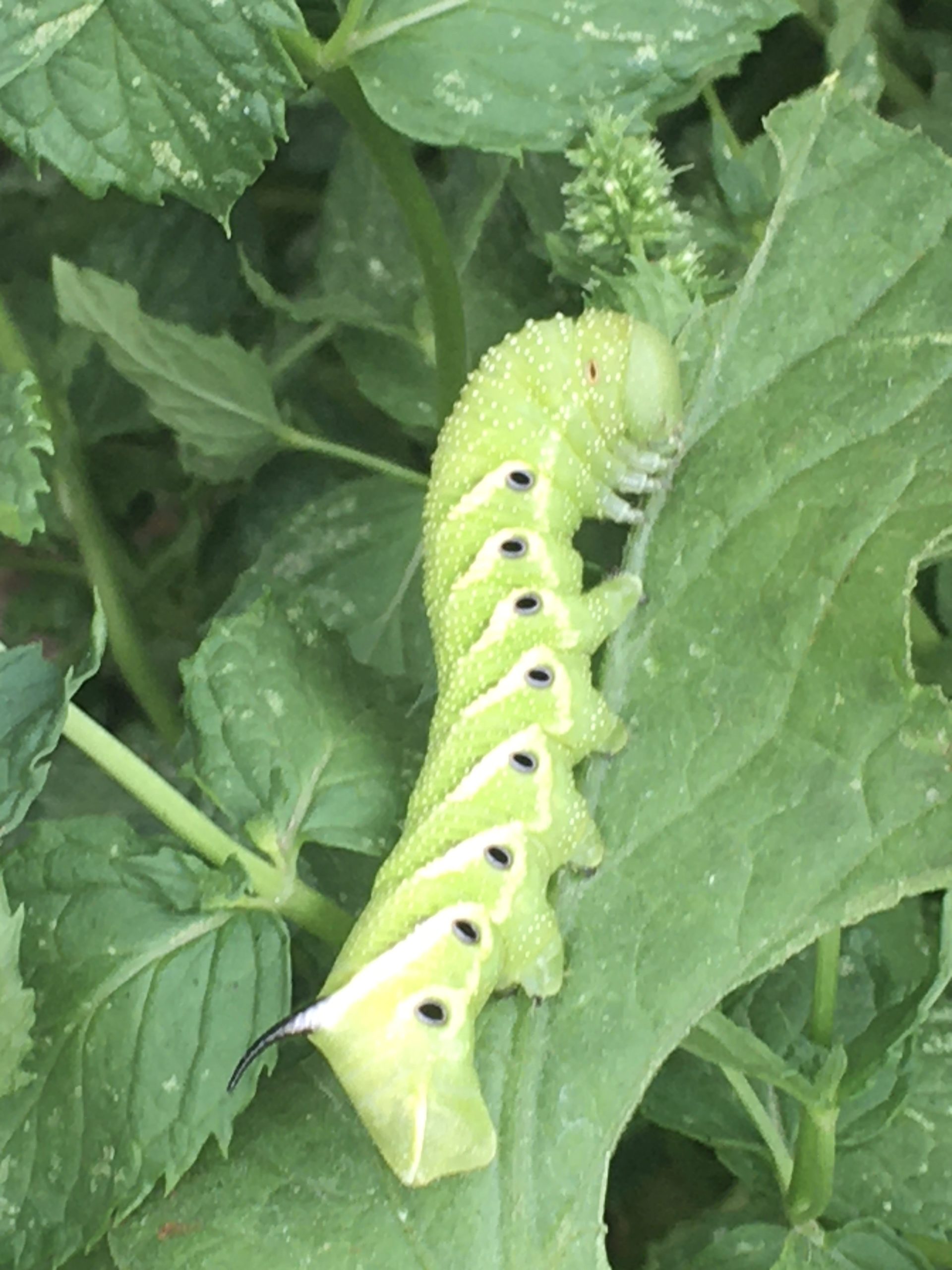
Sphinx Moth

Five-spotted hawk moth




